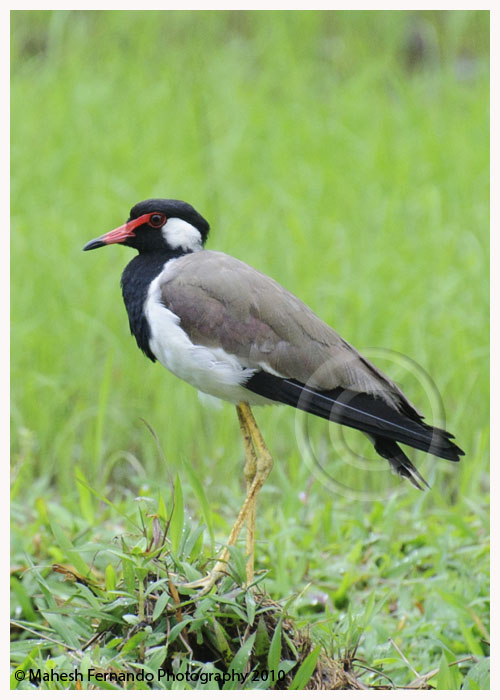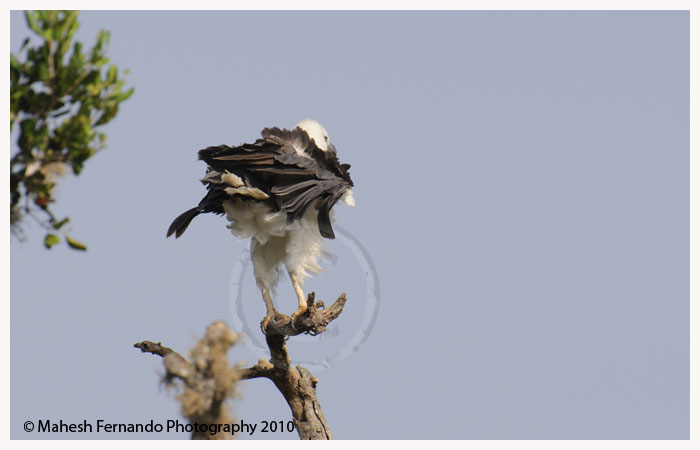Scientific Name : Dinopium benghalense psarode
Identification: Golden yellow back, Paler wings, Black rump and tail, White underparts with dark chevron markings, Black throat, Whitish head, Black nape and throat, Grayish eye patch
Habitat: Open forest and cultivation
Feeding: includes insects
Location: Piliyandala
Reference: http://www.birdforum.net/opus/Black-rumped_Flameback














































